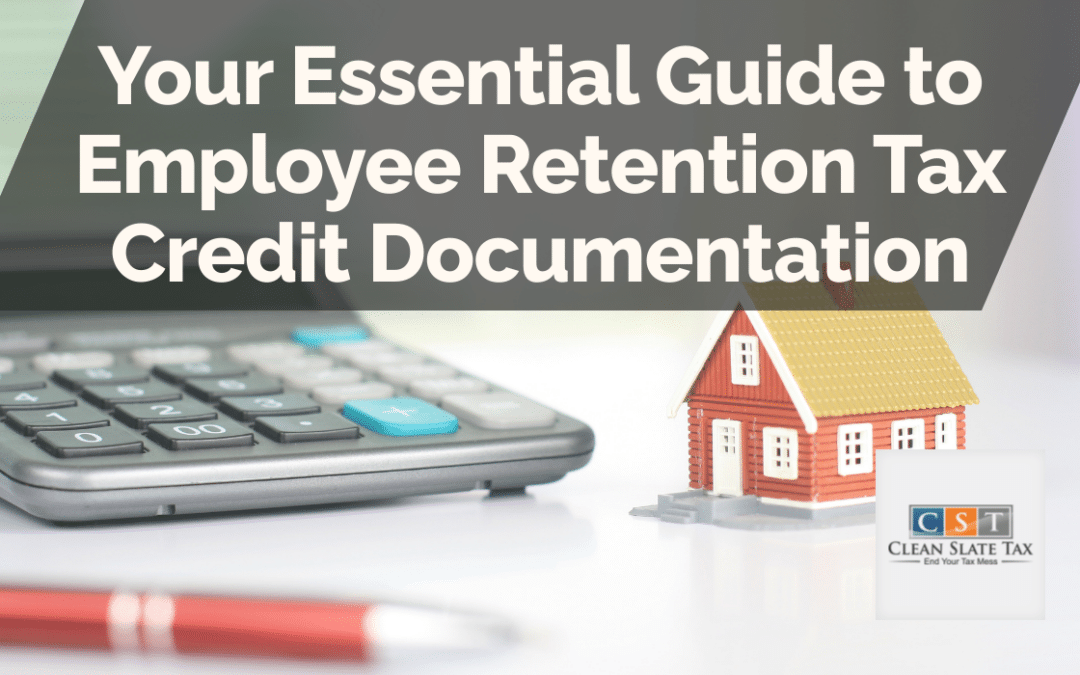The Employee Retention Tax Credit (ERTC) is a refundable credit designed to support businesses that retained workers during pandemic-related hardships. This guide will walk you through the necessary documentation and procedures that you need to have in order when claiming the ERTC.
Comprehending the ERTC
The ERTC is a part of the Coronavirus Aid, Relief, and Economic Security Act (CARES Act), which was passed in response to the COVID-19 pandemic. The aim was to alleviate financial stress endured by businesses during this challenging period. Attaining the ERTC, however, requires clear documentation.
Understanding the Qualification Criteria
Before proceeding with ERTC claims, businesses need to ensure they meet the specified qualifications established by IRS. Key criteria include a significant decline in gross receipts, or a shutdown order which impacted business operations.
Necessary Documentation for ERTC
For a smooth process in claiming the ERTC, there’s some essential documentation you should have at hand.
- Quarterly financial statements: You’d need to present statements comparing the relevant 2020/2021 quarters to that of 2019 to confirm the reduction in gross receipts.
- Payroll Documentation: This includes W-3, Summaries of W-2, Form 941, and payment receipts for health insurance premiums.
- Government Orders: Having copies of the relevant government orders that affected your operations can support your claim.
Engage Payroll Providers
Entities such as Payroll Providers can help you maintain and ensure the accuracy of your payroll documentation.
Dos and Don’ts of Claiming ERTC
The process can be complex, and errors might lead to delays or rejections. So, let’s consider some dos and don’ts:
- Do consult a tax expert or legal advisor to navigate the complexities of the ERTC.
- Don’t include furloughed employees’ wages as they do not qualify for the ERTC.
- Do keep updating your documentation and include any recent changes.
- Don’t mistake between Employee Retention Tax Credit and Paycheck Protection Program; they have different criteria and reporting requirements.
Frequently Asked Questions
Can an Employer claim the ERTC if they received a PPP Loan?
Yes, businesses can claim the ERTC even if they’ve received a PPP Loan. Importantly, the same wages cannot be used for both the ERTC and loan forgiveness.
Can Employers claim the ERTC retroactively?
Yes, employers can retroactively claim the ERTC for qualified wages paid in 2020 and 2021.
The Employee Retention Tax Credit can be a valuable source of financial relief for companies rebounding from the pandemic. Having the correct documentation and understanding the procedures can make claiming the ERTC a smooth process.





